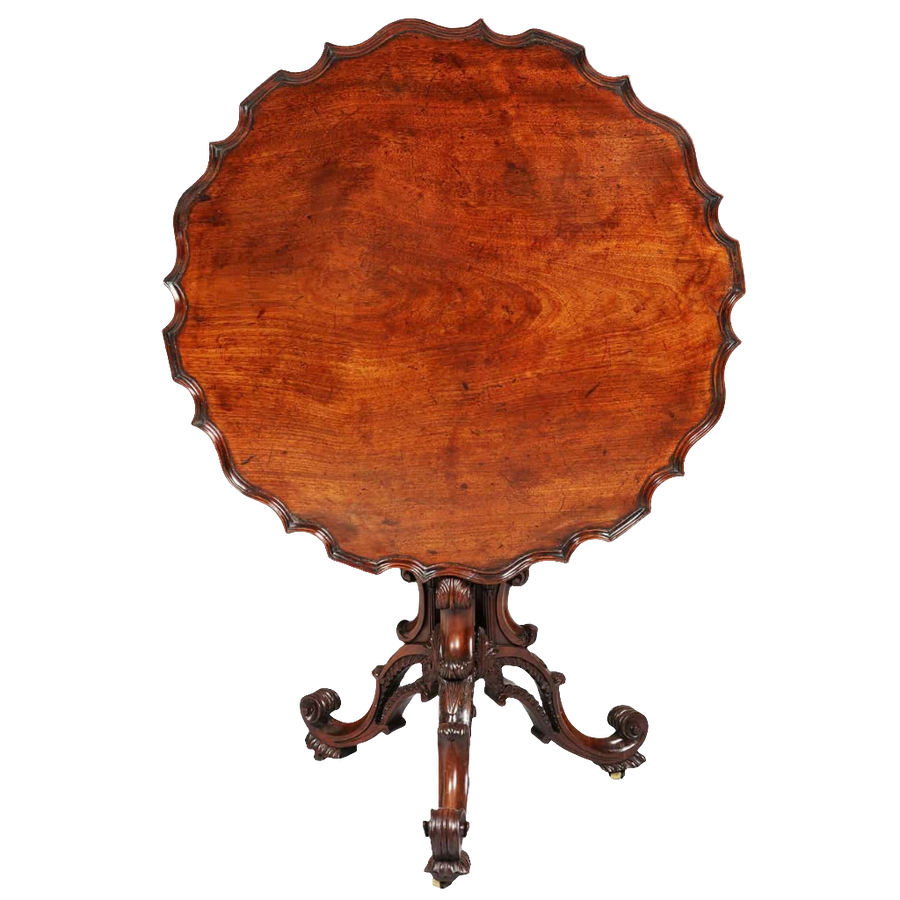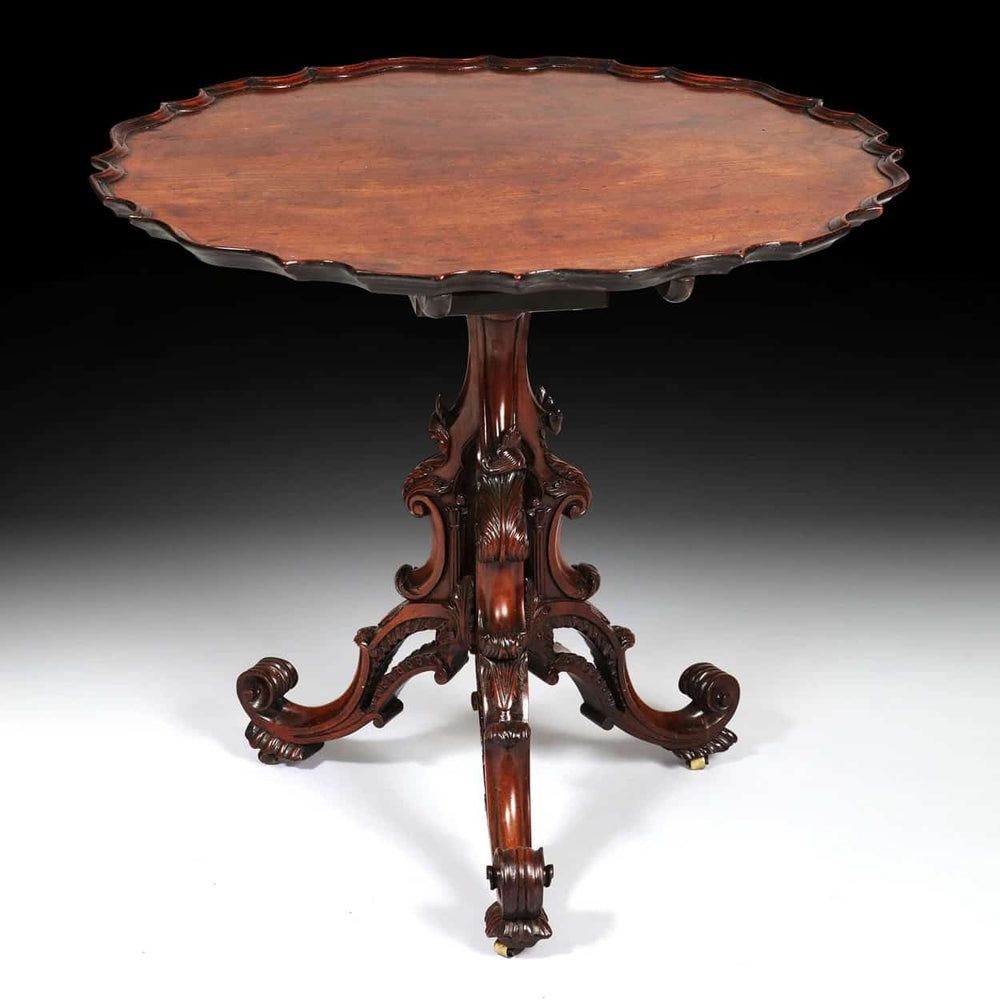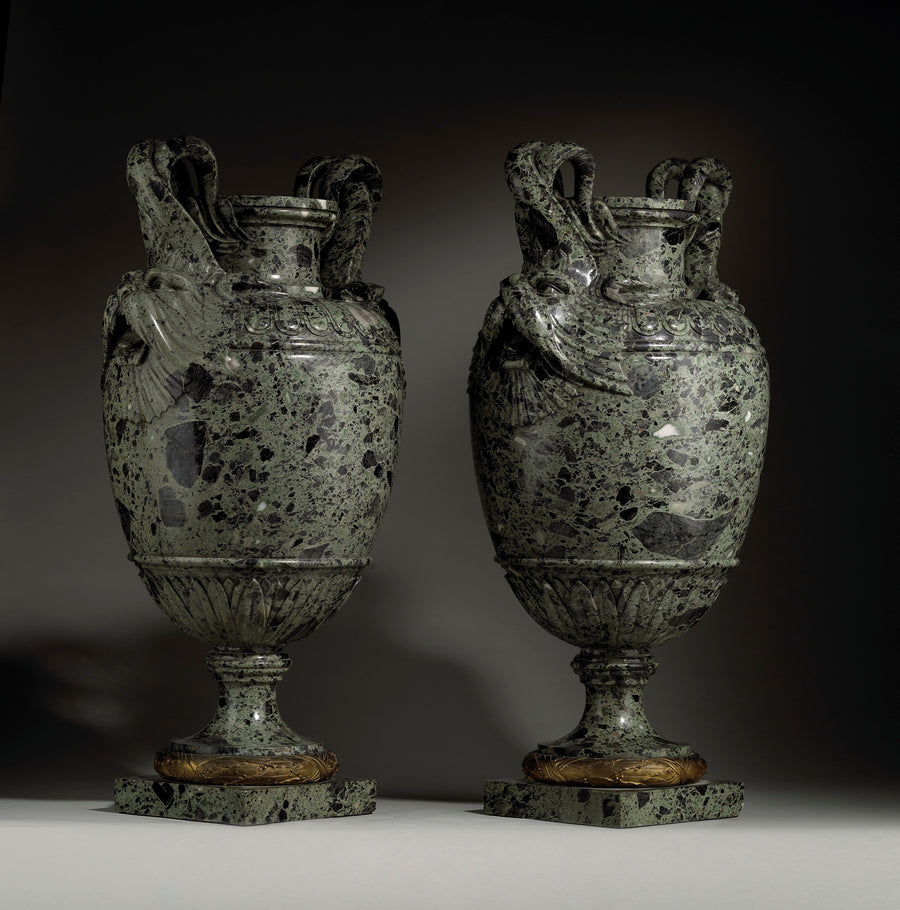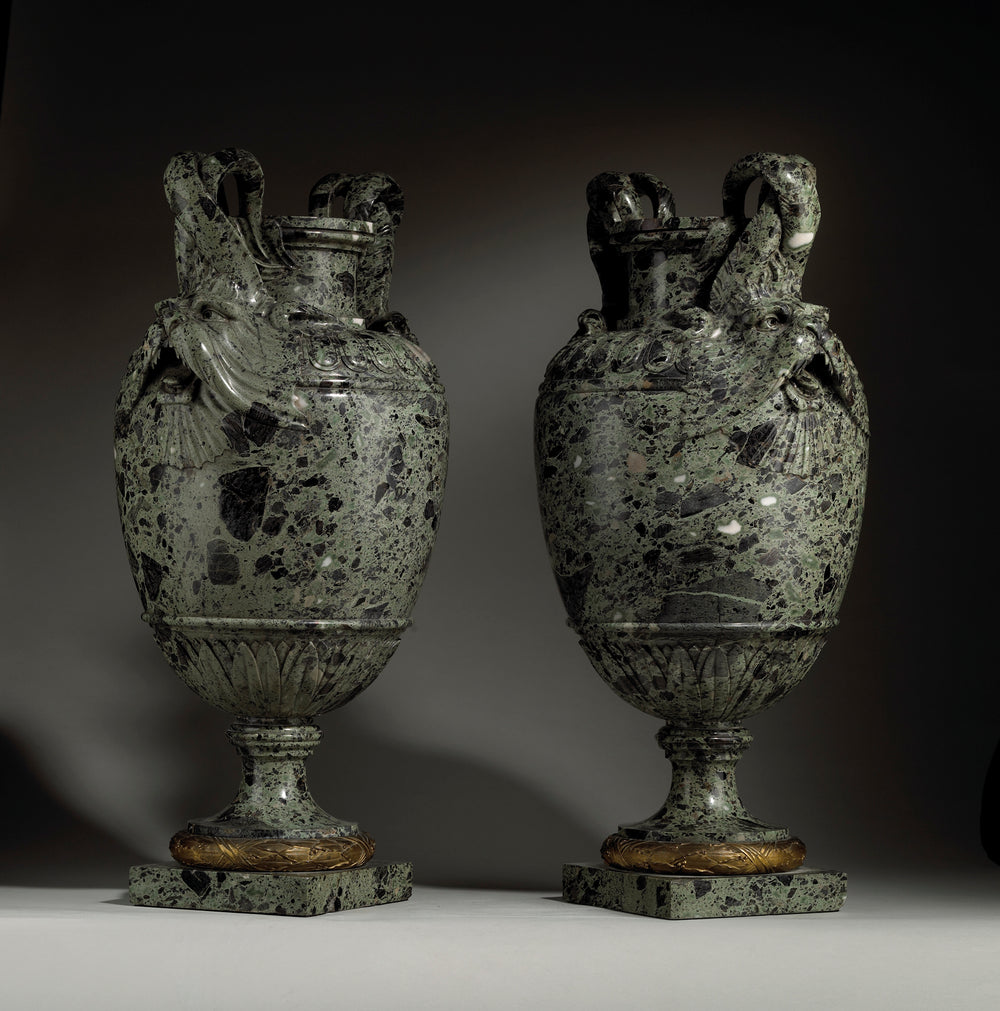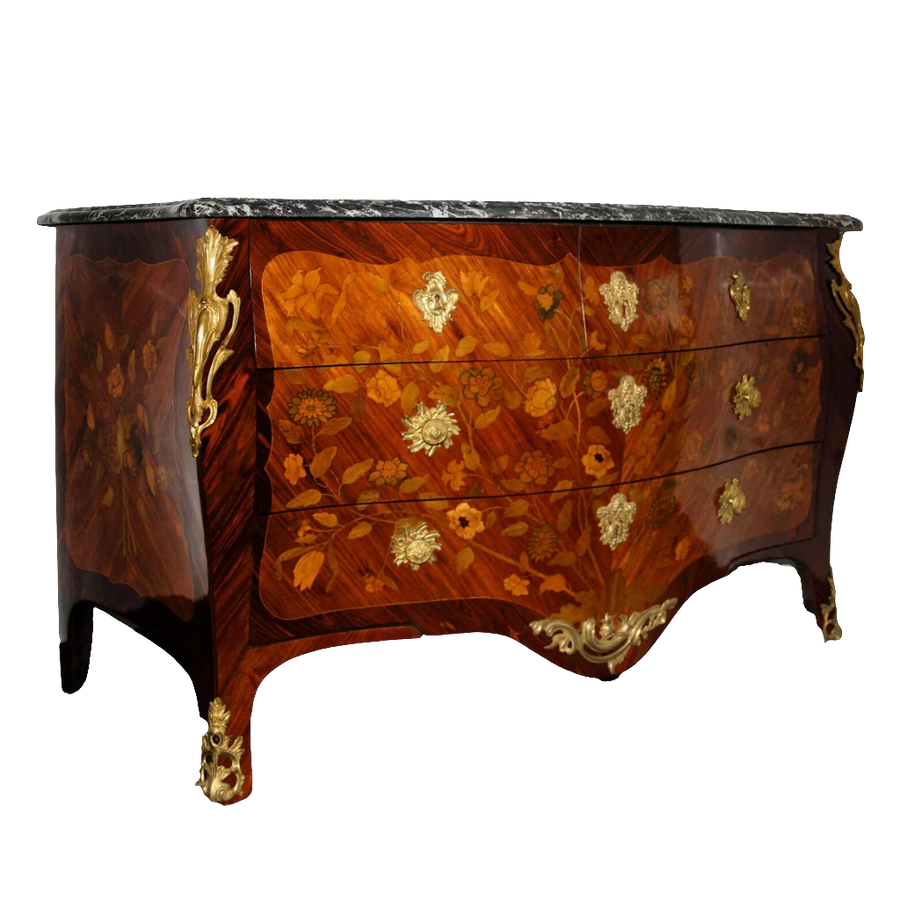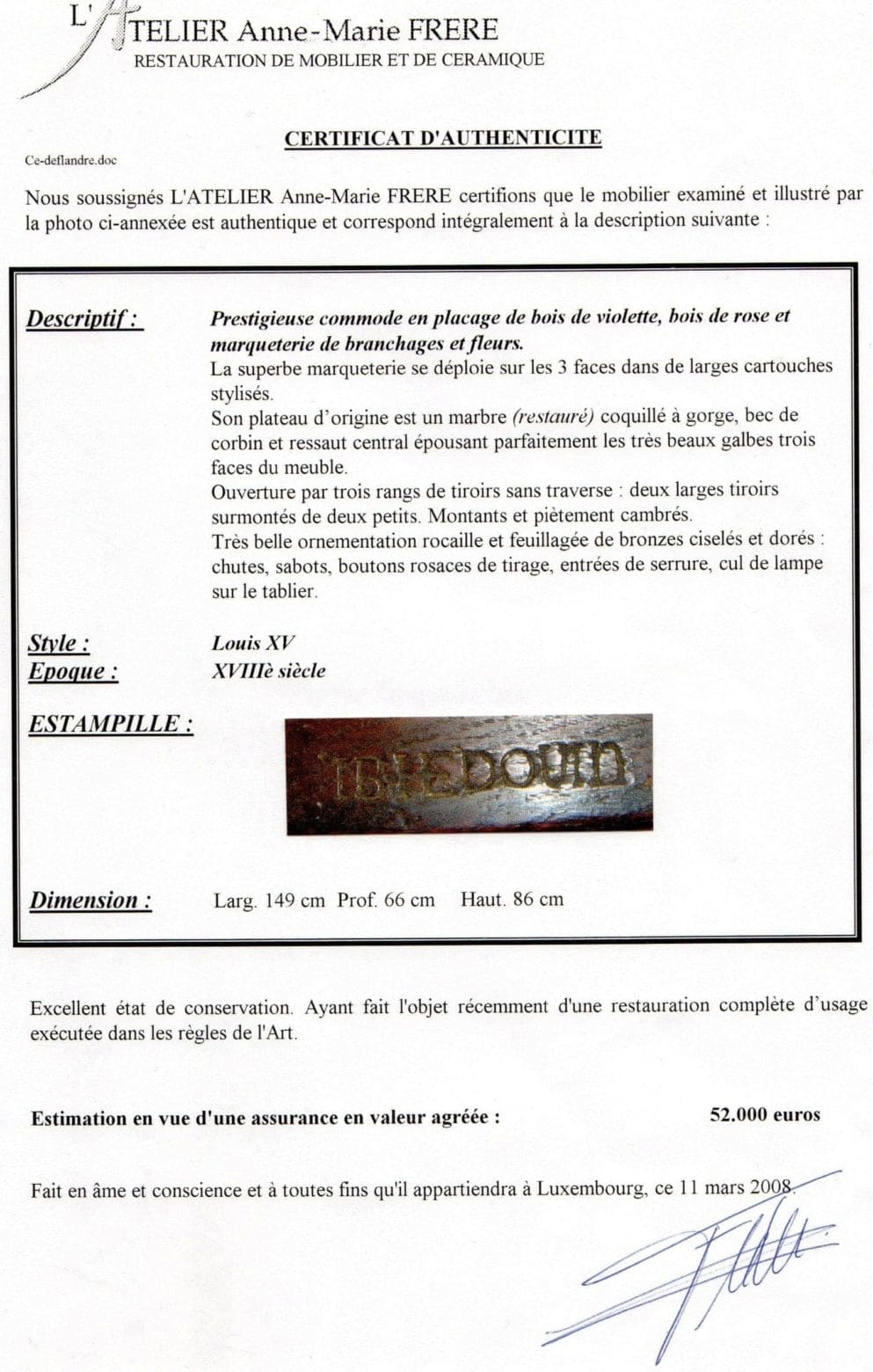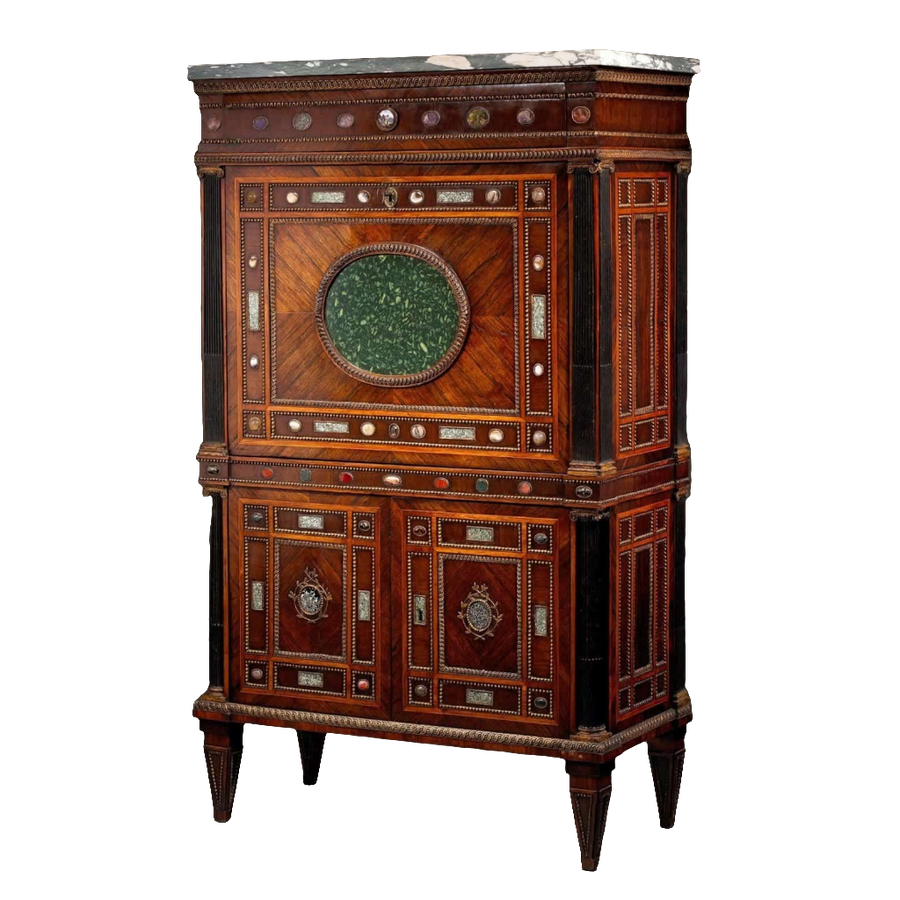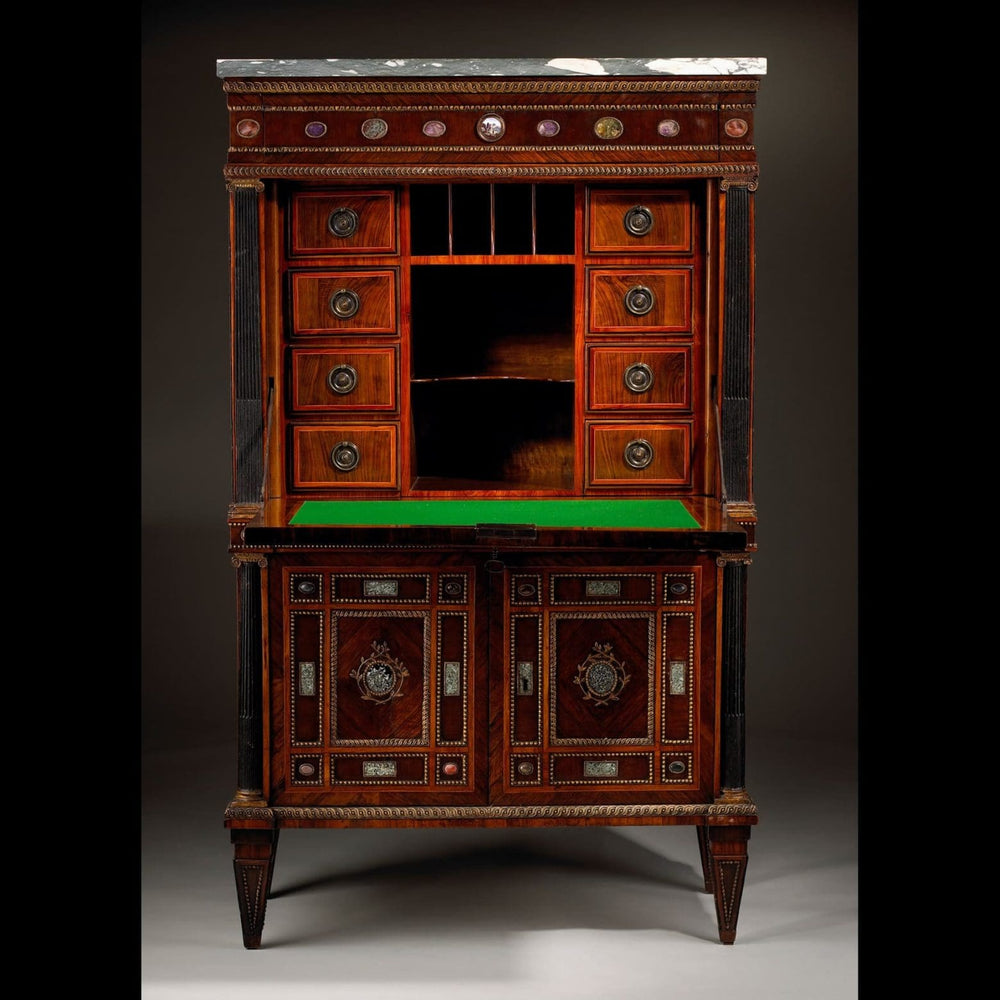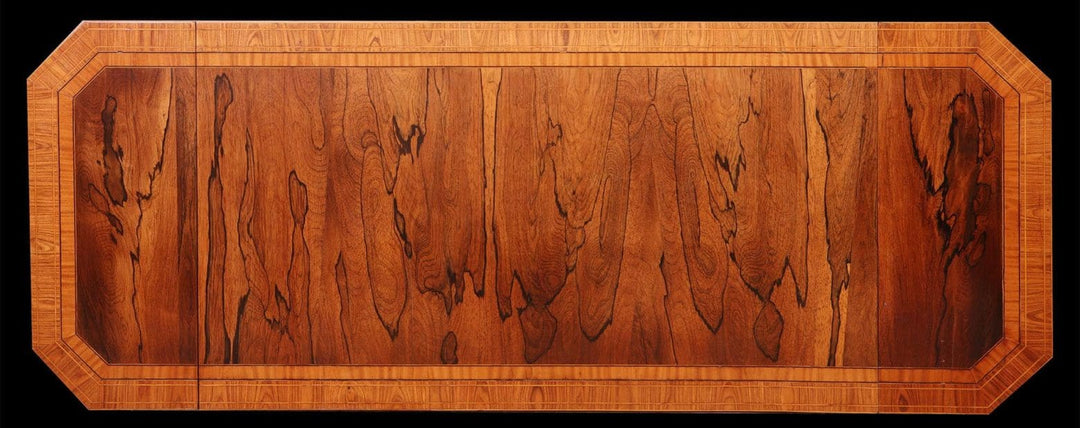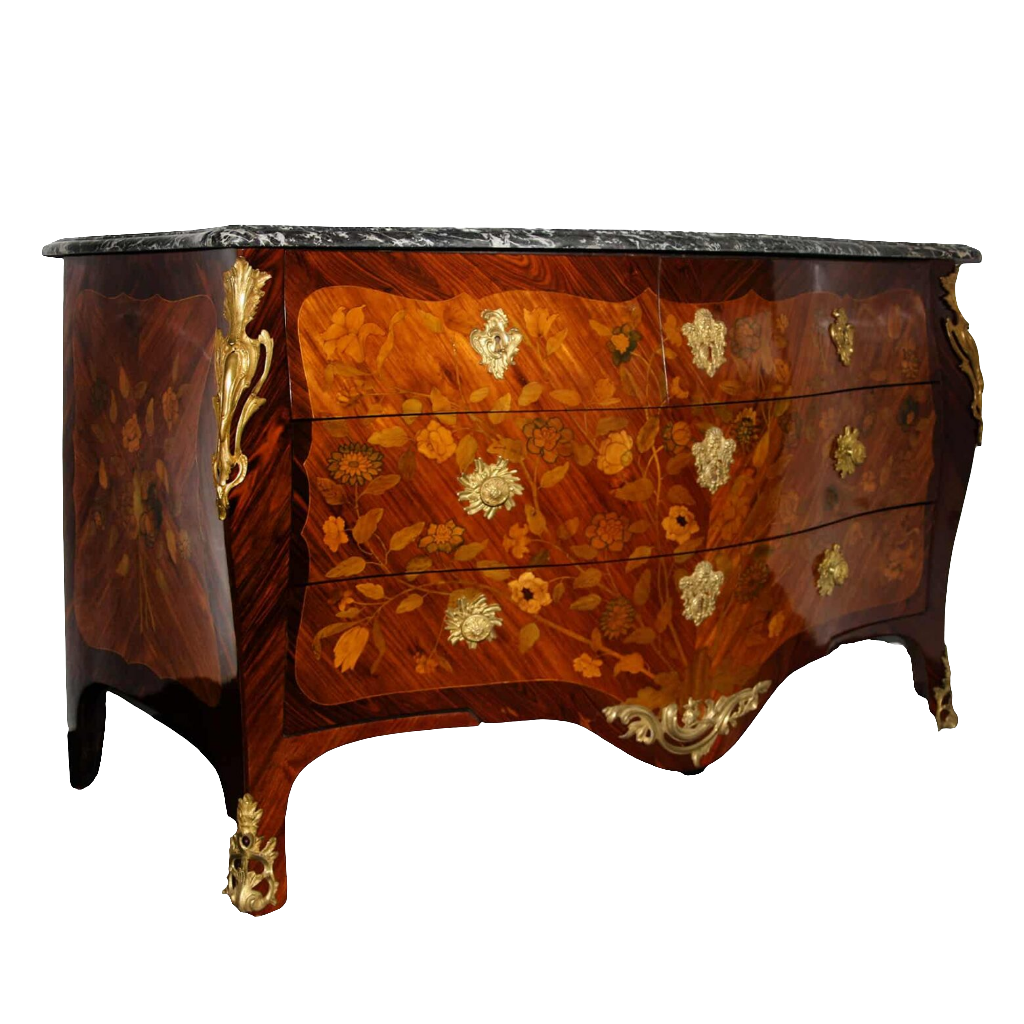
Amaranth veneer is a type of decorative veneer that is made from the wood of the amaranth tree, also known as purpleheart. The amaranth tree is native to Central and South America and is known for its deep, rich purple colour.
Amaranth veneer is created by slicing a thin layer of amaranth wood from the tree and then applying it to a substrate, to create a decorative surface. The veneer is often used in cabinetry, furniture, and interior design applications to add a unique and exclusive finish.
Amaranth veneer is prized for its durability, resistance to rot and decay, and its striking colour, which can vary from a deep, dark purple to a lighter, reddish-purple hue.
Amaranth (Purpleheart) Veneer in Decorative Arts
Amaranth veneer, also known as purpleheart veneer, is made from the richly coloured wood of the amaranth tree, native to Central and South America. Its most distinctive quality is its deep purple hue, which ranges from dark violet to reddish-purple depending on age, exposure to light, and polishing.
---
Characteristics and Colour
Freshly cut amaranth wood often appears brownish, but when exposed to light it develops into a striking violet-purple tone. This colour, unique among hardwoods, made it highly desirable for decorative purposes. When used as a veneer, amaranth provided cabinetmakers and ébénistes with a dramatic way to enliven furniture surfaces.
Amaranth is not only visually distinctive but also extremely hard, durable, and resistant to rot, qualities that contributed to its popularity in high-end decorative work.
---
Historical Use in Furniture and Decorative Arts
Amaranth veneer first reached Europe in the 17th century, brought back by Spanish and Portuguese traders from the New World. By the 18th century it was being used in:
French furniture of the Louis XV and Louis XVI periods, often combined with satinwood, tulipwood, or kingwood in marquetry and parquetry designs.
Neoclassical and Regency furniture, where its unusual colour created striking contrasts against lighter veneers.
Small decorative objects such as tea caddies, boxes, and instrument cases.
Notably, master French ébénistes such as Jean-Henri Riesener and David Roentgen used amaranth veneers in combination with gilt bronze mounts, elevating it into the realm of the most luxurious European furniture.
---
Collections Featuring Amaranth Veneer
Examples of fine amaranth veneered furniture can be found in:
The Victoria and Albert Museum, London – including French marquetry and parquetry pieces.
The Wallace Collection, London – with Louis XVI commodes and cabinets veneered in amaranth.
The Metropolitan Museum of Art, New York – with works by Riesener and Roentgen featuring amaranth veneers.
The Musée du Louvre, Paris – housing French royal commissions with purpleheart veneers.
---
Enduring Appeal
Amaranth veneer remains admired for its unique colour, strength and exclusivity. As both a decorative flourish and a symbol of global trade in exotic materials, it represents the sophistication of 18th-century cabinetmaking and the enduring appeal of natural luxury.
---
FAQs About Amaranth (Purpleheart) Veneer
1. What is amaranth wood?
Amaranth, also known as purpleheart, is a tropical hardwood from Central and South America, famous for its natural purple colour and durability.
2. Why is amaranth used as a veneer?
Its dense structure makes it difficult to carve or shape in bulk, but as a veneer it provides a dramatic decorative effect while conserving the rare wood.
3. Does the colour of amaranth change over time?
Yes. Freshly cut wood appears brown, but with light exposure it develops into deep purple. Over decades it may mellow into a reddish-purple or violet-brown tone.
4. Which styles of furniture feature amaranth veneer?
Amaranth was particularly popular in 18th-century French and Neoclassical furniture, often used in marquetry alongside other exotic veneers. It also appeared in English Regency and German Biedermeier designs.
5. Where can I see historic amaranth veneered furniture?
Fine examples exist in the V&A Museum, Wallace Collection, Louvre, and Metropolitan Museum of Art, often on French royal or aristocratic commissions.




